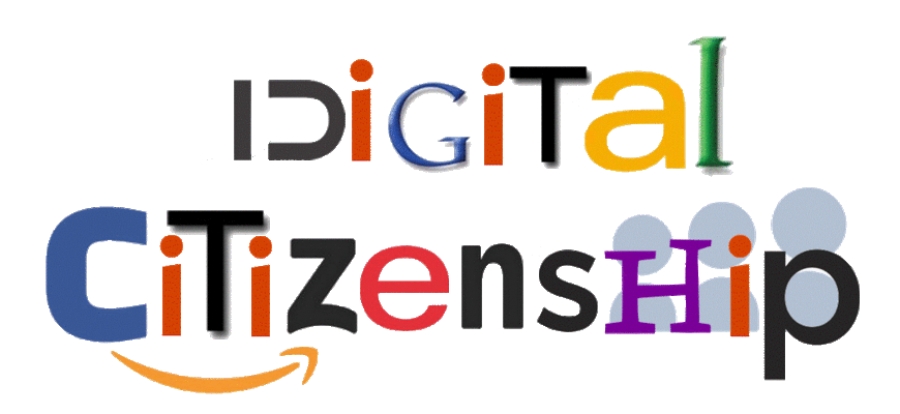Digital citizenship needs to be a verb.
What is the solution?
Simple. We can’t just read or write about it, it can’t just be an assembly with a motivational speaker; we need to do digital citizenship everyday.
We Need Our Students to be Content Creators.
The only way students will be empowered to be content creators is when teachers provide ample opportunities to make digital citizenship action-based. Linda Yollis is the example"Instead of asking students to pass in their assignment, ask them to publish it." I consistently use to support blogging as a way to introduce digital citizenship and the importance of our words online. Her third grade students created this video, How to Write a Quality Comment, and it highlights the importance of embedding digital citizenship lessons into our youngest classrooms.
Blogging is the most efficient way to integrate digital citizenship into the youngest grades. Instead of asking students to pass in their assignment, ask them to publish it. Blogging provides our students an authentic audience, as well as an opportunity to learn the importance of the permanency of our words. Nothing is more important than having an ongoing conversation with students on the importance of writing quality comments just like the students in Linda Yollis’ classroom.
Some possible blogging platforms to try are KidBlog, Blogger or WordPress. Connecting with other classrooms is an option using Comments4Kids, or you might want to try Quadblogging with other classrooms around the world too. Another option to try is a digital portfolio platform like SeeSaw where students capture and document their learning. SeeSaw is another option to help students personalize their learning through photos, videos and other digital creations.
We Need Our Teachers to be Able to Connect With Classrooms Around the World.
Our teachers need to model how social media tools are powerful learning tools. This is only possible if our schools have access. We need to lift blocks and bans for our teachers to be able to participate in projects like Mystery Skype, Genius Hour, Makerspaces and The Global Read Aloud. "We need to embed action-based digital citizenship into our everyday routines."The possibilities are endless when we use social media tools like Skype, Google Hangout, Blab, Twitter, Periscope, Instagram and a variety of digital literacy tools like Buncee, Powtoons and Google Apps for Education.
When we empower our teachers, we provide more learning opportunities for our students. Just like how learning is a process, we need to provide time for our teachers to embed action-based digital citizenship into their everyday routines, curriculum and instruction. Instead of focusing on what we should avoid, we need to model what we should encourage. Being safe, savvy and ethical are the foundation on which we need to build this conversation. Amplifying student voice is the solution. It is our responsibility to help our students to think and act at a local, global and digital level simultaneously. When our students are problem solvers, they change the culture of their own community which ultimately changes a global community.
It is like skipping stones. When we provide our students opportunities to do digital citizenship, to humanise the person next to them, as well as across the screen, to focus on positive and practical solutions through the safe, savvy and ethical use of technology, then we change the culture of our community. The ripple effect of skipping the stone continues from our schools, neighborhoods, towns, states, regions, countries and world.
All it takes is one to be the change. The time is now. The tools are available. It is your turn to skip the stone.
Do you encourage your pupils to do digital citizenship? Let us know in the comments!


















